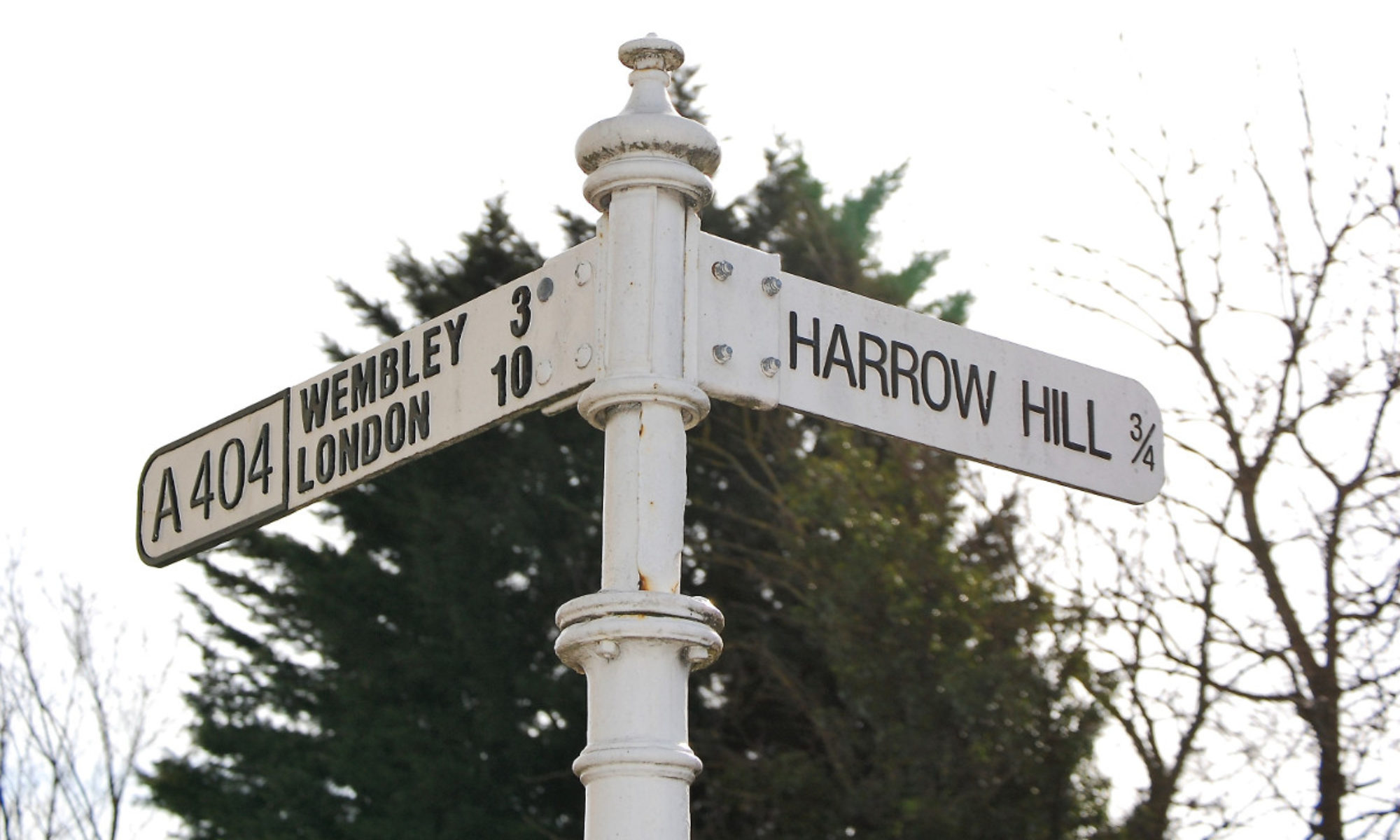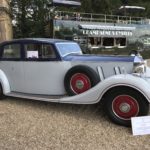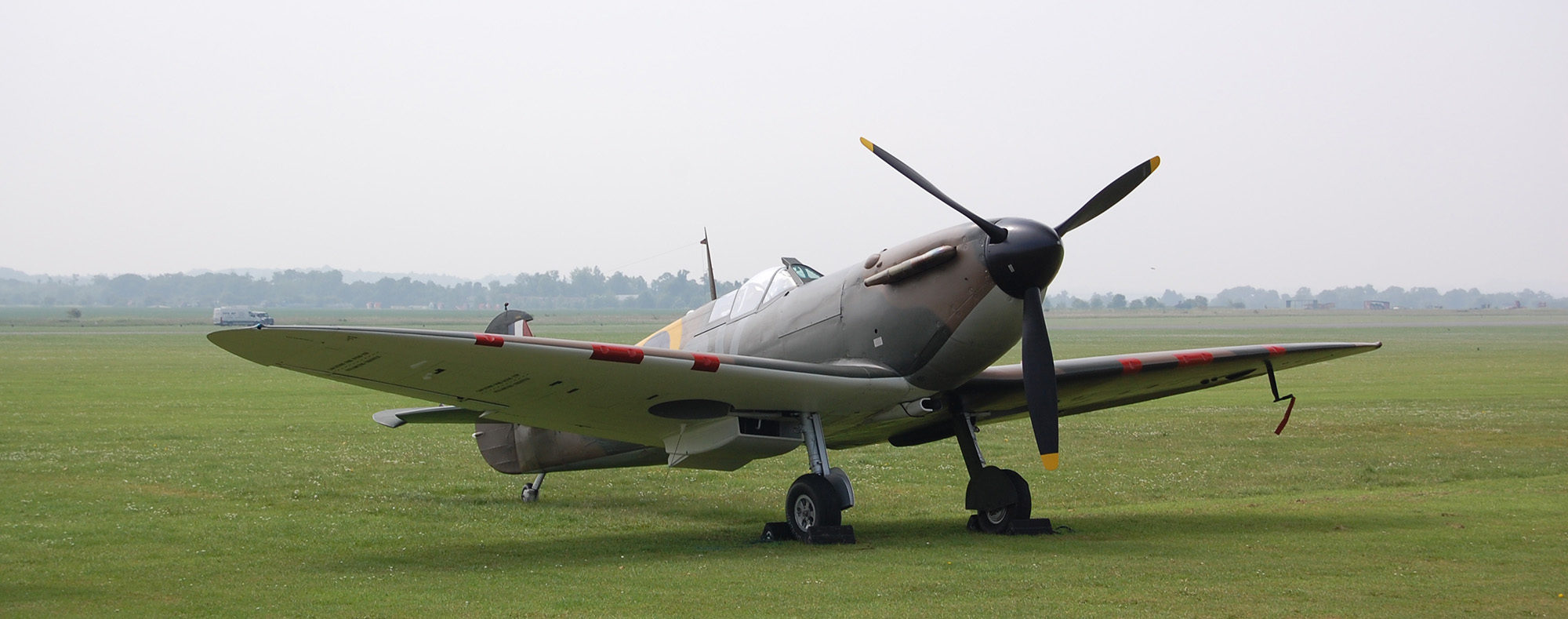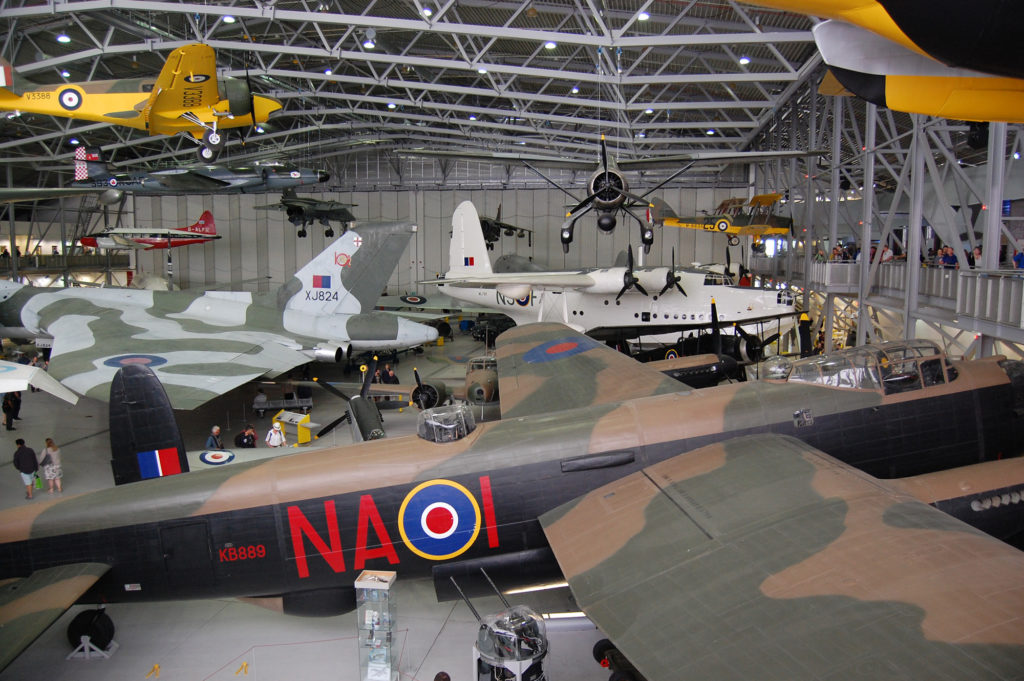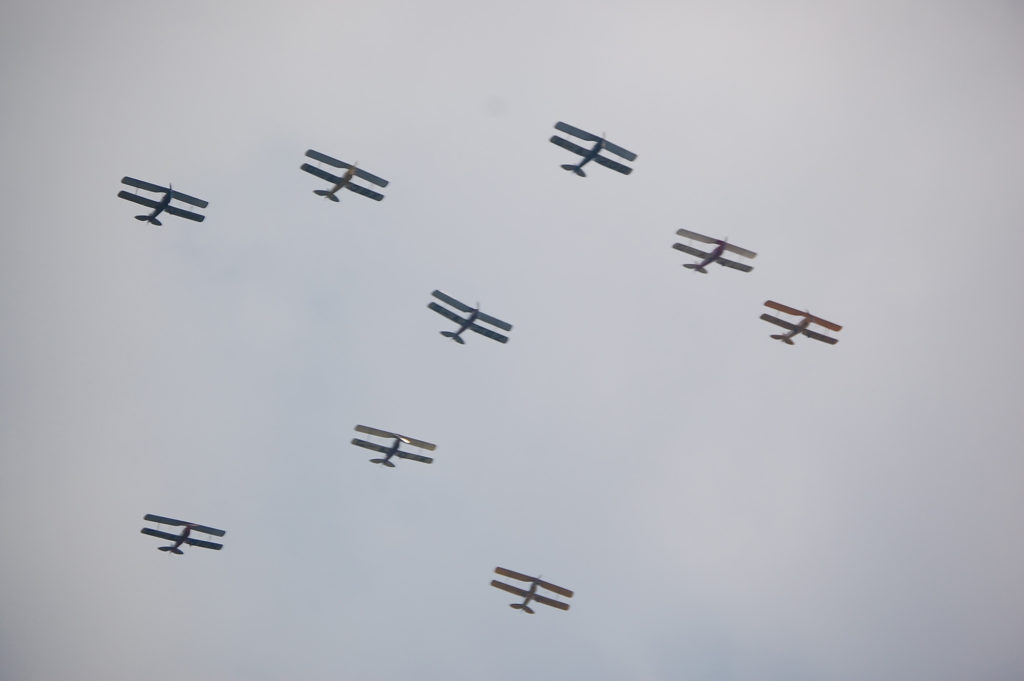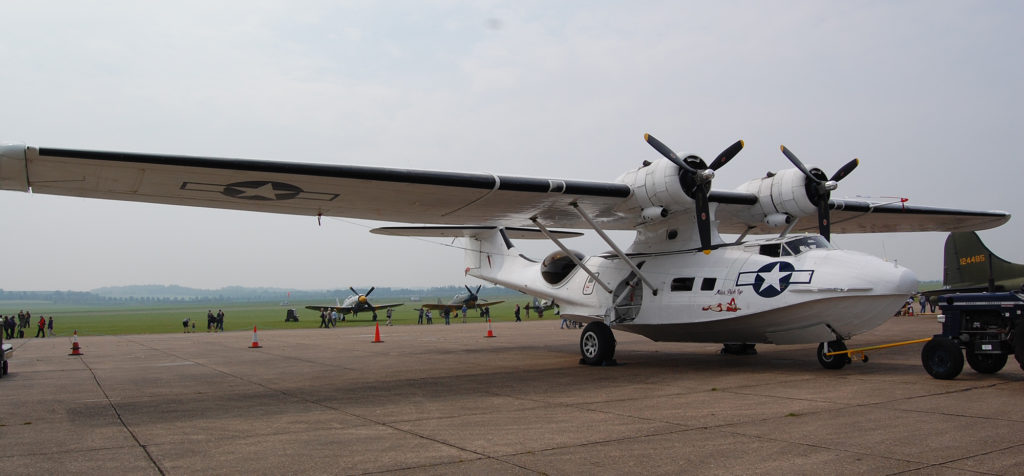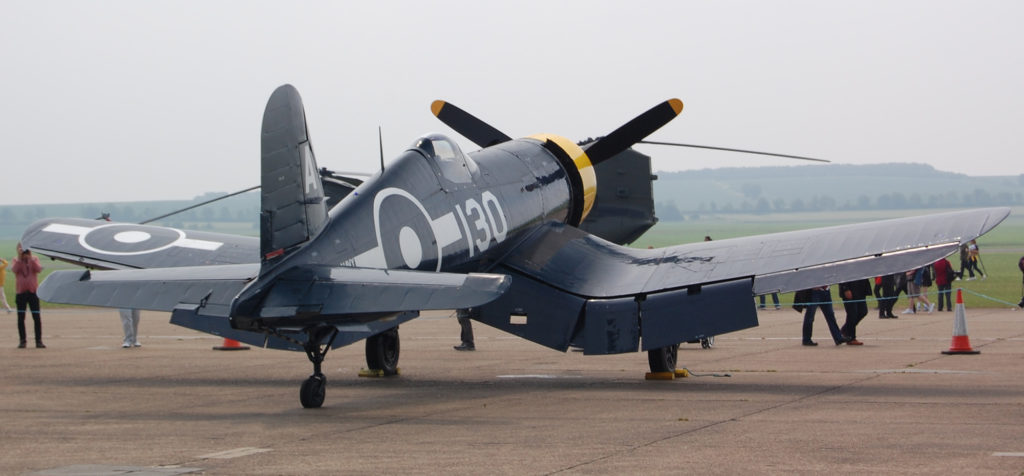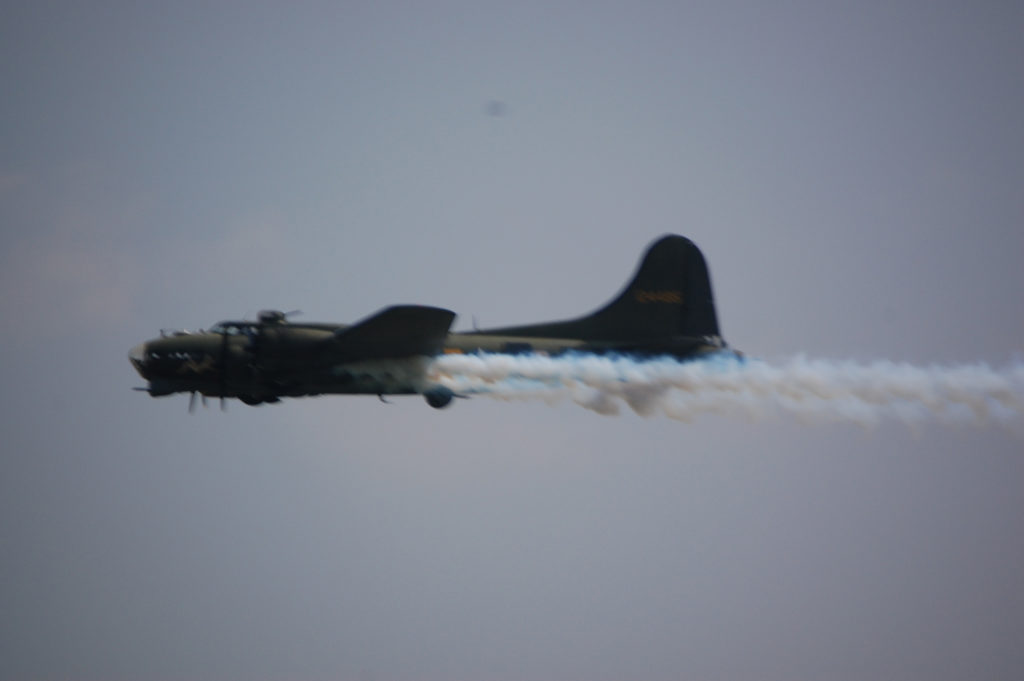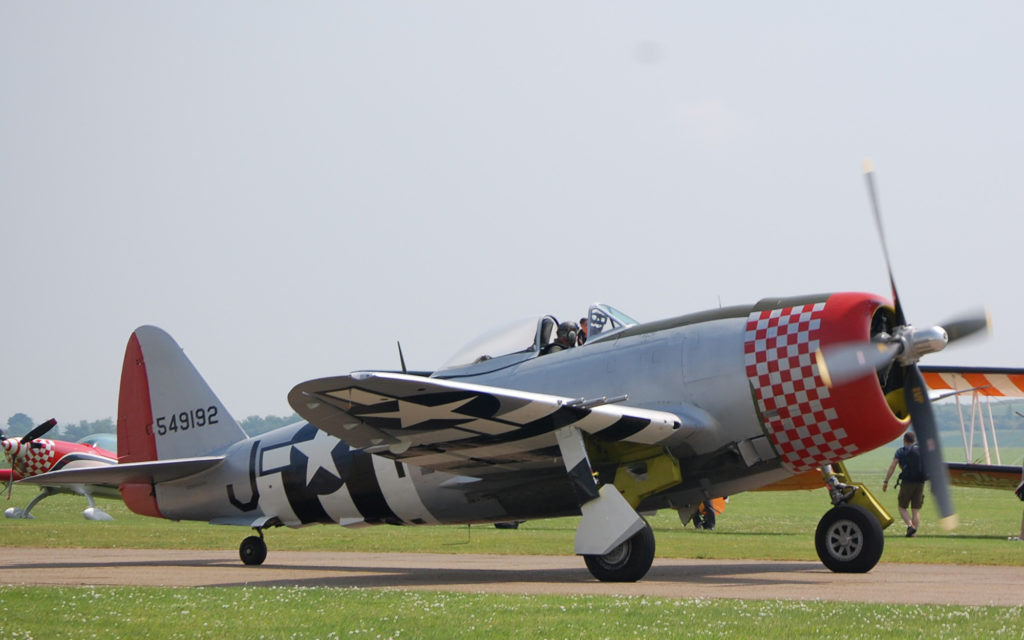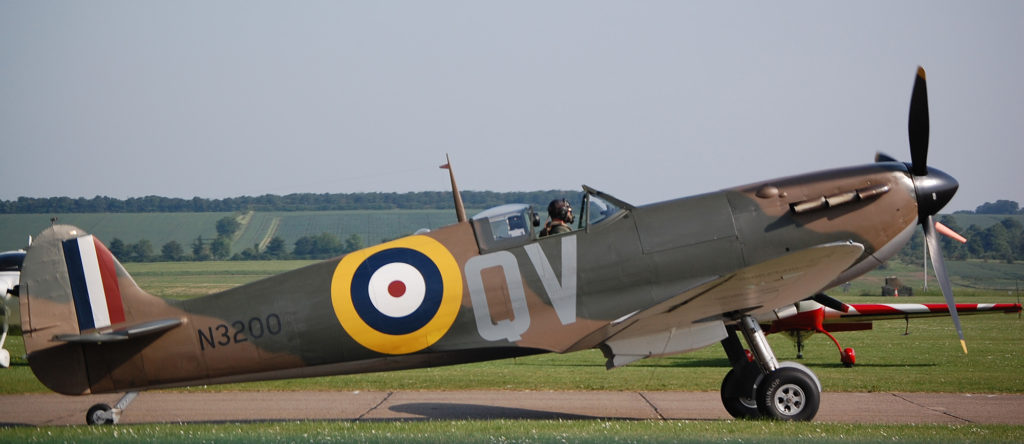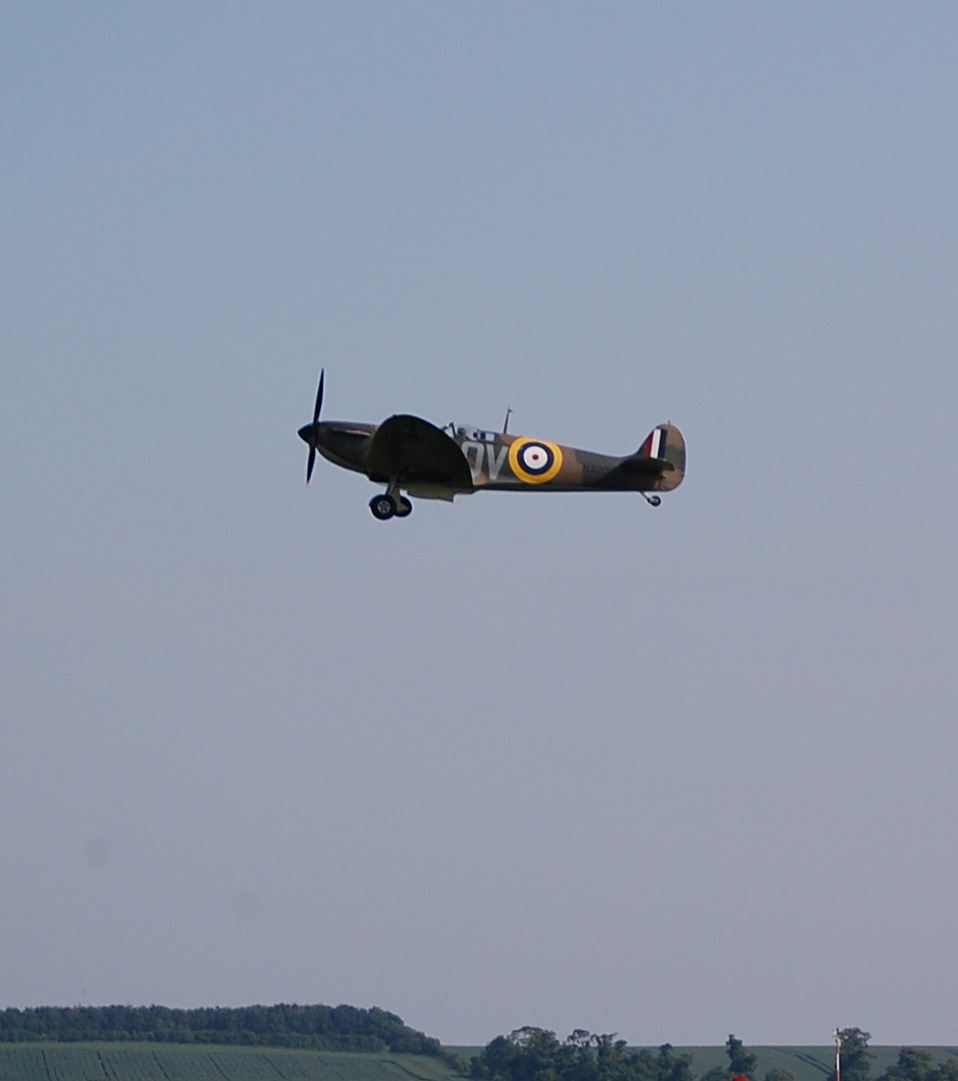Heroes at Highclere
Lynnette and I have only just realized how close we are to many of the places we’ve always wanted to see. Last night, as we drove home after a day trip to Cambridgeshire, she quoted Earle Hitchner: “The difference between America and England is that Americans think 100 years is a long time, while the English think 100 miles is a long way.” We laughed as we marveled at the truth in this observation.
Only a few days ago, a British friend related a story about a visit to Williamsburg, Virginia which left him entirely unimpressed. His host was astonished, protesting that Colonial Williamsburg is one of the oldest places in America, to which our friend replied that he knew of a dozen similar villages in Norfolk, England, all of which were older by at least a hundred years. Meanwhile, some of my English colleagues were astonished that we planned to drive the fifty miles to Cambridgeshire for the day.
It turns out that Highclere Castle is such a place, at just over an hour’s drive from our home in Pinner. (Honestly, it would not have taken quite that long, but we were behind a horse and rider for half a mile or so between Newbury and the castle.)
Fans of ITV’s “Downton Abbey” will recognize Highclere as the titular setting of the show. That connection was absolutely our reason for wanting to visit, but the castle and estate have so much more to offer than simple tours of a glamourous shooting location. Highclere is a place where fiction and history intertwine, lending it a magicality that is, if not unique, at least extraordinarily rare.
For example, in “Downton Abbey,” the character of Lady Grantham turns the house into a hospital for the many wounded sent back from the First World War. Under the supervision of Lady Almina Herbert, Countess of Carnarvon, Highclere did indeed become a veterans’ hospital in 1914, forming a strong connection between the Carnarvon family and the British military.
It’s that connection which provides the foundation for the annual Heroes at Highclere event we had the good fortune to attend.
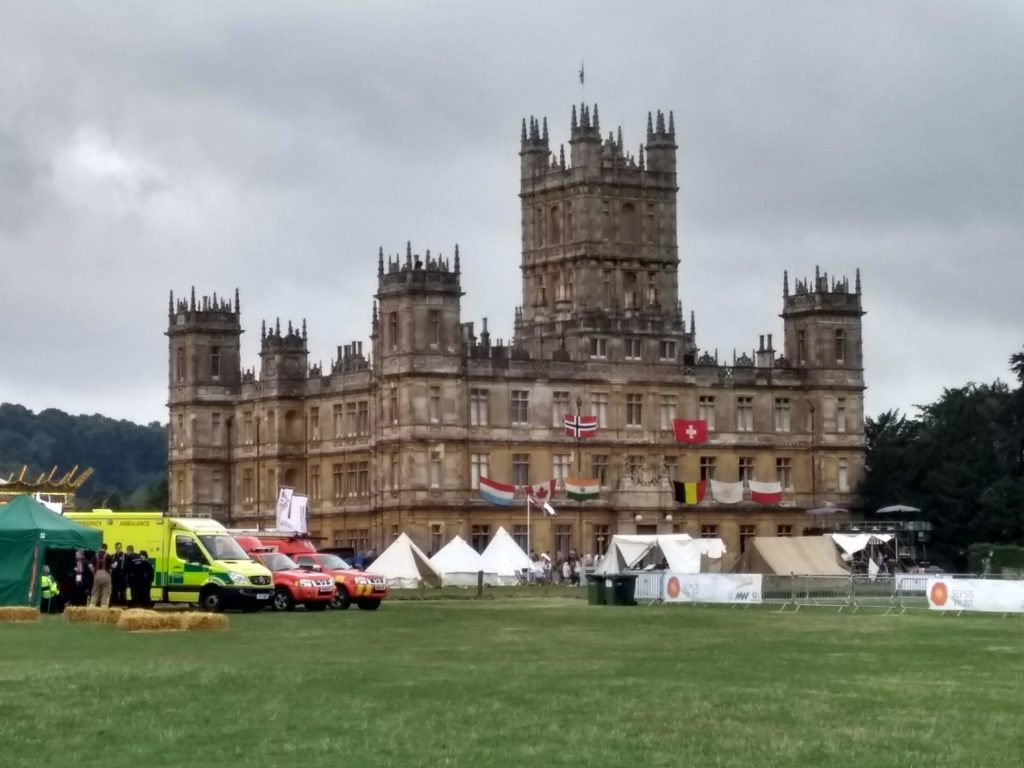
We arrived fairly early in the morning. The efficient parking arrangements put us in a sheep pasture next to an immaculate Bentley, and we climbed the hill to the sounds of bagpipes and drums in the distance. We spent a moment in the check-in tent to show our tickets, and the staff there seemed as happy to have us as we were to be there.
From there, it was a short walk along the road to the house itself. If you’ve seen Downton’s opening credits, you know that road. Off to the right, on the lawn in front of the house, stood a Royal Air Force Chinook helicopter open for tours, a vintage Army helicopter, and several other attractions. Ahead and to the left were a number of tents containing presentations of the charities served by the benefit event. Nearer the front of the house was a small performance area and period offerings that included a storyteller’s tent, a collection of WWI-era military equipment and weaponry, and a display honoring early twentieth-century nurses. All of these were staffed by people in immaculate, thoroughly-researched period attire and character.
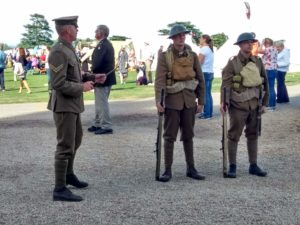
We met two of them, Mitch and Danny, who were not only impeccably dressed in their infantry attire, but their hands were made up to look as though they’d just crawled out of the trenches. They were hilariously funny and wonderfully nice to chat with, but we didn’t really appreciate the effort they’d gone to until we saw them put on an impromptu rifle drill demonstration under the command of another reenactor. These young men were very, very good!
Since Lord Carnarvon’s exquisitely-maintained 1936 Rolls Royce Phantom III was on display at the front of the house, its garage was put to good use as an ad hoc hair salon. Lynnette and our friend, Betty, enjoyed having their hair done with “Victory Rolls” by the warm and friendly ladies there.
I’d be remiss if I didn’t mention the carousel, which was equipped with a calliope playing a rather non-traditional repertoire.
Situated around the house were a number of dining tents. Naturally, we had tea with our lunch, and I was surprised to find that it was served in china, rather than paper or plastic. “Of course,” Lynnette chuckled. “This is England.”
From time to time, aircraft from both World Wars performed aerobatics overhead, which was fitting, since there were eight crashes of British and Allied aircraft on the estate during the Second World War. Lady Carnarvon’s dedication of a memorial to the airmen who died on the estate provided a deeply spiritual context to the day on Sunday, and I found the memorial service to be profoundly moving. When you visit, please take the short walk down the hill to the memorial and spend a few moments honoring those who gave their all.
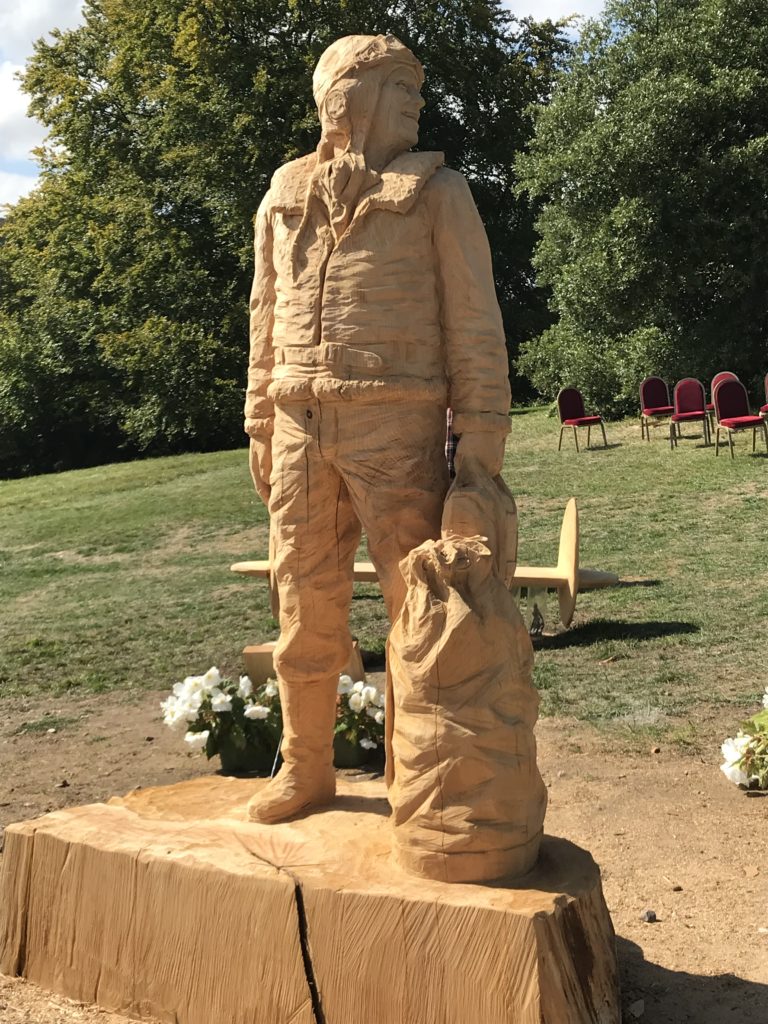
Another of the high points on the day was the talk by Lord Julian Fellowes, writer and creator of “Downton Abbey,” who turns out to be an enormously charming man. He spoke at length about his surprise and gratitude at Downton’s success, and shared several interesting stories from behind the scenes.
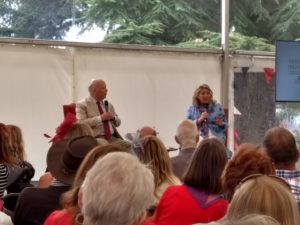
One of the scenes he’s proudest of, he told us, comes at the end of Season One, when Lord Grantham interrupts a garden party to announce that England is at war with Germany. When he was writing it, a second season was by no means certain, so he wanted to create a scene which would speak to the way the world was changing but also provide a launching point for a potential second season. As he struggled to achieve that, he remembered a story his father had told him of his own earliest childhood memory, of being at a garden party and the host interrupting the band to announce the declaration of hostilities. Writing, it seems, is a deeply personal thing, even on so large a scale as a television series.
The house itself is exactly as we expected it to be as fans of Downton Abbey. It feels familiar, right down to the furniture, most of which is used in the show. Many of the rooms contained photographs of scenes from the show, while others were connected with more amusing snippets of text: “The Room in Which Mr. Pamouk Died.”
I’m certain that we’ll go back. It’s such a lovely place to visit, I don’t see how we can stay away.
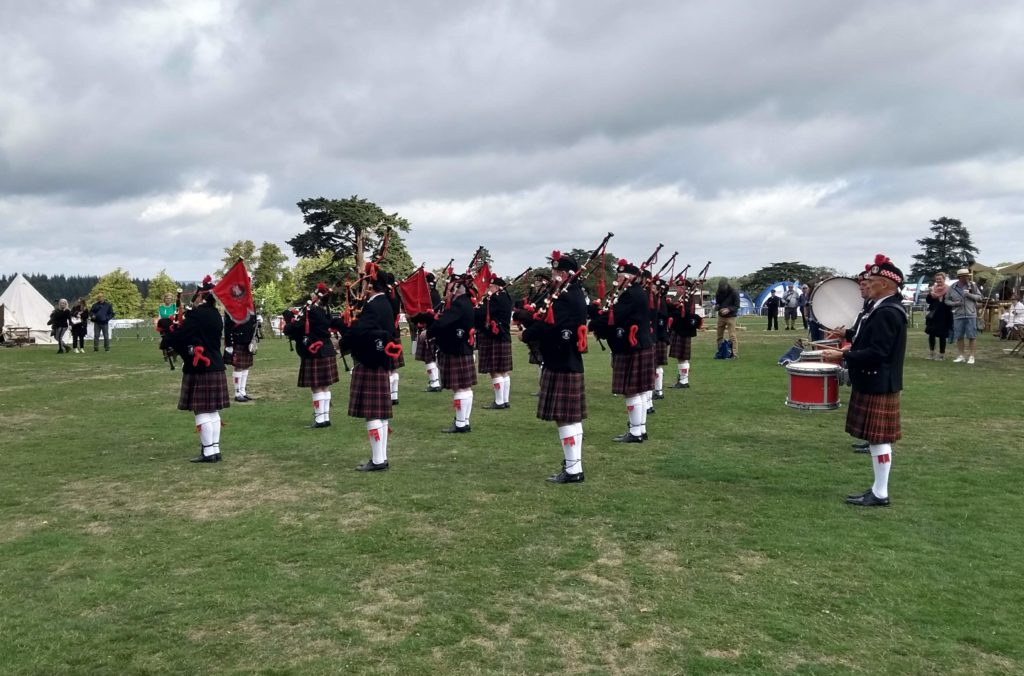
Correction: This post was edited to reflect that Downtown Abbey aired on ITV, not BBC as originally written. Thank you to the readers who pointed out the error.
